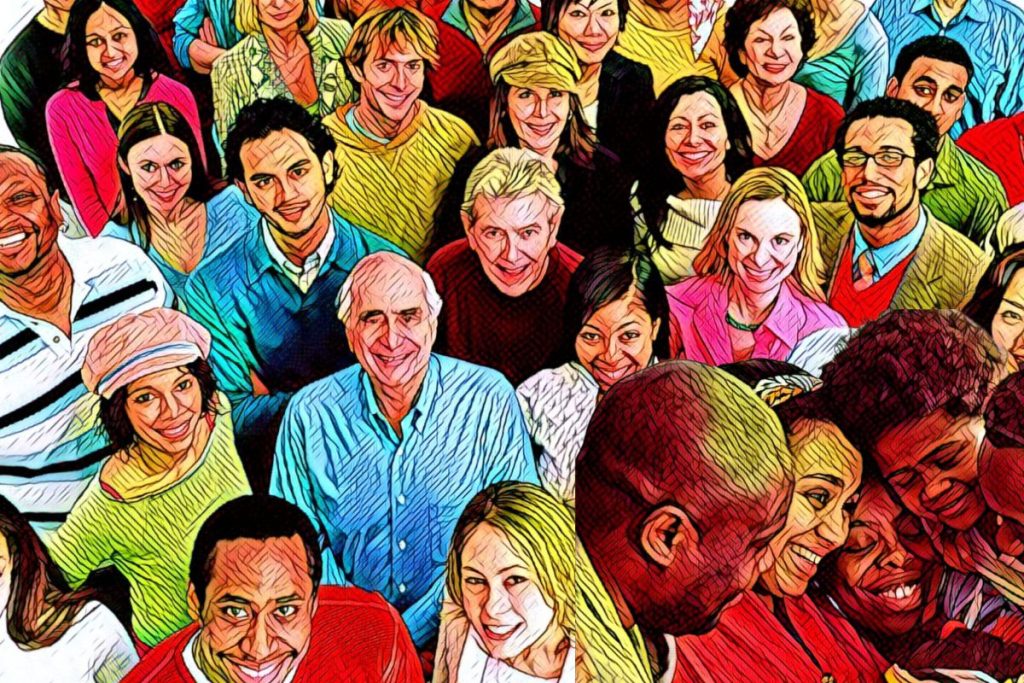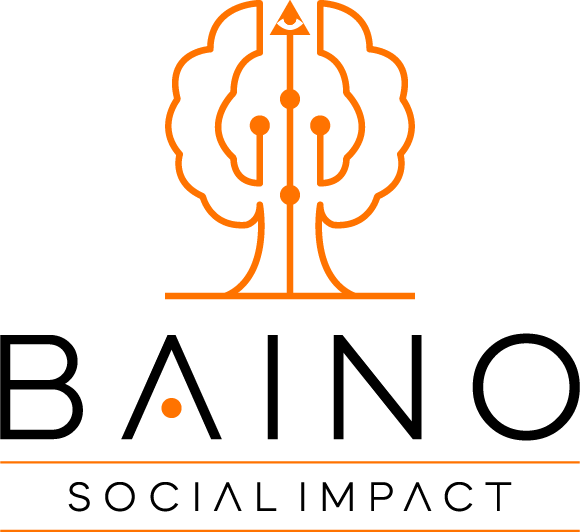who form a voluntary association to donate their money, time or skill to a cause.
A giving circle is collaborative and participatory to make an impact or add value to a cause.
A giving circle is a collaborative or participatory program comprising a series of events whereby groups of individuals come together to contribute or donate their money, time, skill, or any form of value to a shared form of fund. Together, they decide where to give or allocate their support, usually towards local causes.
Individual contributors who join or form a giving circle typically build a community within their primary groups through social events or other forms. They then seek to increase their impact on shared social issues or values they care about.
This approach or expression of generosity enables people to increase their impact and knowledge about social causes, have fun doing it, and connect with their local community.

Giving circles come in all shapes and sizes. They can be small, with just a few people, or as large as several hundred people. They can be local and community-based and can contribute nationally or internationally. Their members can be from similar backgrounds or different backgrounds. Their support, contribution, or donation can be of any size – from a small amount of money to a significant amount.
They can contribute to a wide range of organisations. The desires or values to which giving circles contribute can include:
- Increasing math tutoring services for students at a local school.
- Promoting equality and justice.
Increasing education opportunities for a girl-child. - Building a platform to connect members.
Increasing social innovation and creativity, among others.
The structure of the circles can be informal or formal.
Regarding common elements, giving circles are usually characterised as groups of friends, co-workers, and community members who gather to discuss the vision that motivates them as people. Mostly, their engagement transcends their contribution.
Their contribution is proactive. They give intentionally, thoughtfully, and strategically; their contribution format is dynamic and flexible. It could be at a dinner party or through a Zoom call.
Sometimes their giving might be amplified well beyond the value of the actual contribution. Also, their giving might blur the line between who gives and who receives – and this trait doesn’t stop at the financial gift.
Giving circles “lighten” the concept of philanthropy. When they hear “philanthropy”, some think, ‘Rich, old, white male’.


Giving circles challenge that traditional mental image. The approach brings both long-time and new contributors to an organised philanthropy platform, thus improving contribution levels, especially to small and local organisations.
Based on the approach of the giving circle, individuals are more likely to support a cause that interests them than a cause that does not.
Giving circles means love and change, not charity.
